Is your child really interested in a particular topic, but you can’t find a curriculum that covers it at the level that you would like? Or at all?
One of the beautiful things about homeschooling is that you have the opportunity to customize your child’s education. This includes exploring topics that aren’t normally explored or exploring them in a different way. However, it can be challenging, especially if you are new to home education, to branch out into developing your own unit studies. Hopefully this article will help to make the process a bit easier for you to navigate.
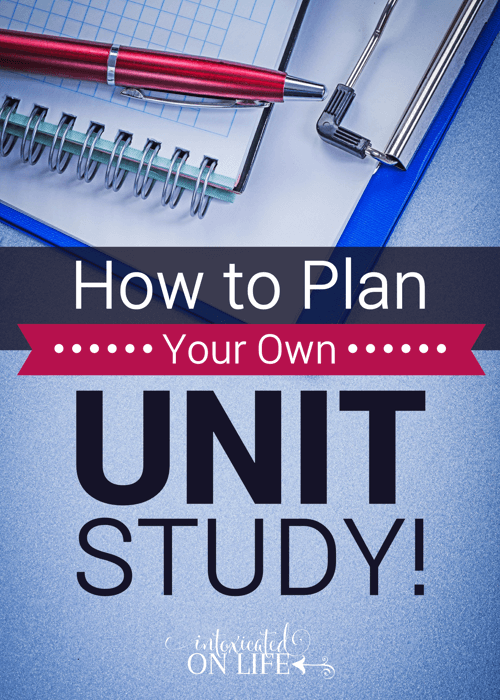
Step 1: Decide on a Topic
You might already have a topic in mind. However, if you don’t, there are a few great ways to decide on what you want to study.
- Ask your homeschool friends what they are teaching their kids.
- Check out the curricula of public schools for interesting subjects you could explore.
- Do a basic search for unit studies on Google or on Pinterest.
- And my favorite method: ask your kids if they’re interested in learning about something in particular.
Is there anything in particular that is capturing the interest of your kids? If they are really interested in something (plants, animals, space, dinosaurs, building, mythology, reading, etc.), use that topic as a unit study. The benefit of this method is that you will be teaching your child something that they’re eager to learn.
Step 2: Decide on Presentation Methods
The next step is to consider how to present this information. This can be done by thinking about and studying your child? Which learning style do they prefer?
If they learn best by doing something active, then you should include a lot of hands-on activities.
If they are great listeners and retain a lot of information that way, you can implement lectures.
If they really enjoy reading and watching videos, then you can use a variety of visual techniques such as books and videos.
Whichever methods best engage your child’s attention are the ones you should focus on. If you are unsure of your child’s learning style, try a variety of methods.
Step 3: Plan Activities and Projects
Decide what types of activities and projects you will include in your unit study. You will want to make sure they are informative, engaging, and age/level-appropriate. You can get plenty of ideas for activities and projects online, especially on Pinterest, simply by typing in a keyword. For example, you could do a search for “dinosaur activities for kindergarten” and voila, you have a ton of great ideas.
Step 4: Gather Materials and Resources
The next step is to gather your materials and resources. Print out any printables or instructions from online. Purchase any physical products that you will need. Check out books, CD’s, and DVDs from your local library. Borrow materials and tools from friends, family, and/or local homeschool families. Or if you are creative, create your own! Get everything organized and go over the materials until you are familiar with them.
Step 5: Be Flexible and Have Fun
Now it’s time to get down to business. Introduce your unit study topic and then dive in! If you need to make some adjustments here and there, don’t freak out. The great thing about homeschool is that you can be flexible and still get things done. It is also a great way to figure out what works and what doesn’t so that you can improve on things in the future. Best of all, your child will be learning and having fun—at the same time!


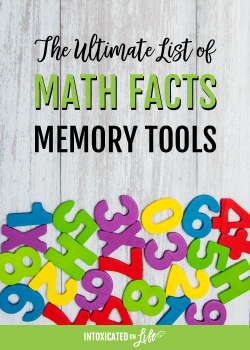
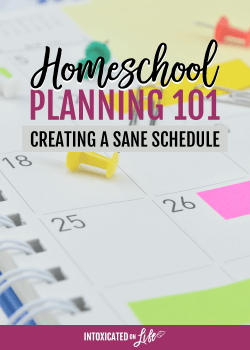
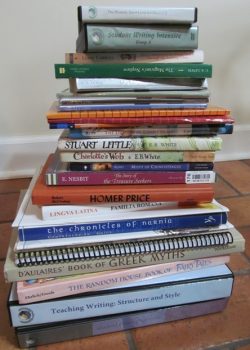

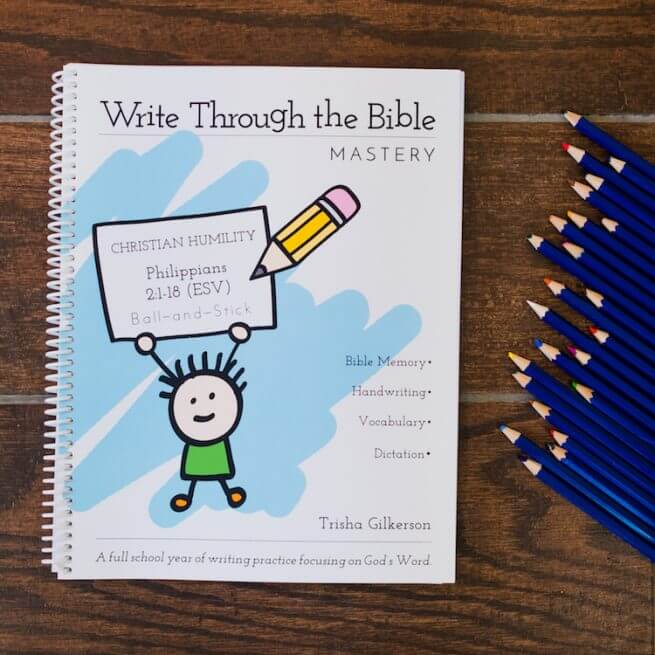
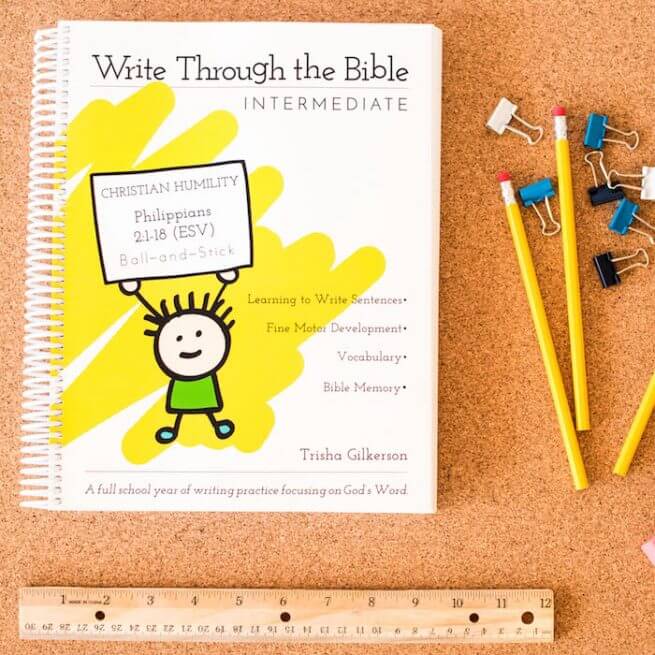
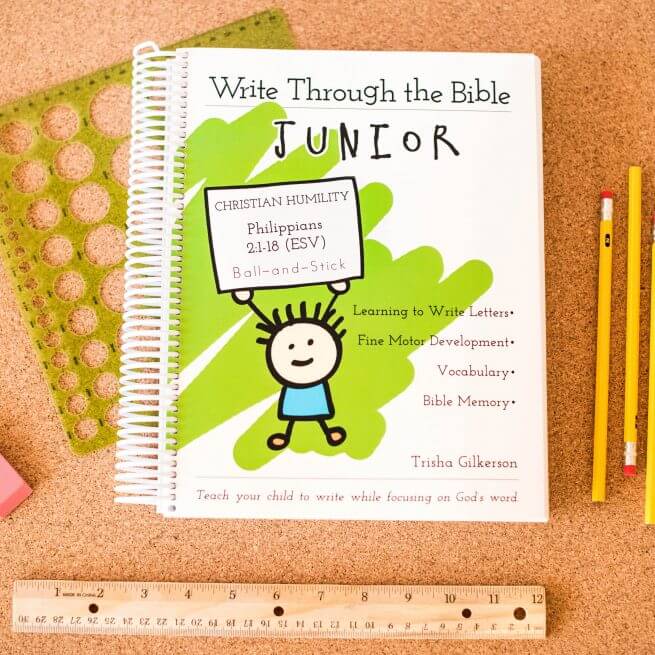


I love planning my own literature studies, in fact, I’m right in the middle of writing questions and planning activities for Red: the true story of RED RIDING HOOD. Such a fun book!